I created a hexagon grid based on information in this article https://www.redblobgames.com/grids/hexagons/
I want to divide this grid into groups similar to this:

I want to have gaps in the grid but I also need all groups to be connected. Essentially I want to be able to move from any hexagon in a group to any other hexagon in a group.
My first idea is to pick a random tile for each group then add a neighboring tile to each group until a group touches another group, then maybe have a decreasing chance of adding another tile to that group. My main concern with this is that I could end up with 2 groups that touch each other but are not connected to the rest of the groups.
Any ideas are appreciated. Let me know if you need any more information.

